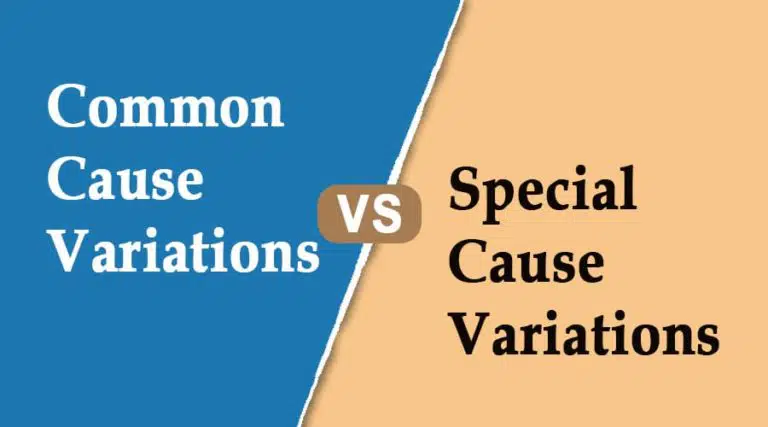Validated Deliverables Versus Accepted Deliverables
This blog post was written based on the fourth edition of the PMBOK Guide. Since the arrival of the PMBOK Guide 5th Edition, this post is no longer valid. However, I am leaving it intact as part of organizational process assets. If you wish to review old definitions you can read them here.
Many PMP aspirants may confuse validated deliverables and accepted deliverables. They seem similar, but they are not.
Validated deliverables and accepted deliverables are important concepts in project management. You will see a few questions on these topics on your PMP exam.









